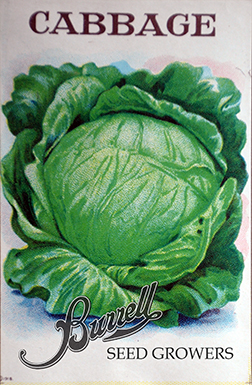Growing Cabbage.
Cabbage is one of the easiest crops to grow and does well in all parts of the U.S. A versatile vegetable with a long shelf life, cabbage can be used in soups, stews, salads, side dishes and more. It keeps well in a root cellar and is easy to can as sauerkraut. Stand the plants upright in a cool cellar with roots in the sand for the winter.
Cabbage may be grown in all parts of the United States and special directions regarding the time and methods of planting applicable to all localities cannot be given. In general north of the 40th parallel the early sorts should be sown very early in hotbeds, hardening off gradually by exposing them to the night air and transplanting as early as hard freezing weather is over, setting 10 to 36 inches apart, according to the size and variety. South of the 40th parallel sow about the middle of September or later, according to the latitude, transplanting to cold frames if necessary to keep through the winter and setting in open ground as early as possible in the spring. It is important that the plants should not be shaded or crowded in the seedbed or they will run up weak and slender and will not stand transplanting well. Cabbage should be hoed or cultivated every week, throwing up a little earth to the plants until they begin to head when they should be thoroughly cultivated and left to mature. Loosening of the roots will sometimes retard the bursting of the full grown heads.
Stand the plants upright in a cool cellar with roots in the sand or store in pits or trenches, roots up. If pitted, cover with a layer of straw, then with soil. The pits should be in a well-drained soil. Thickness of the cover will depend on weather conditions. The pits should be in a well-drained soil and some ventilation given though the soil covering to the straw by means of a pipe or tile. Minimum soil temperature of 40 degrees Fahrenheit at 4-inch depth.
Good companion crops are bush beans, lettuce, cucumbers, spinach, mint, marigolds and nasturtiums. Bad companion crops are tomatoes, broccoli, cauliflower and strawberries.
-

Greens – Pac Choi Cabbage
$2.60 – $15.50 -

Greens – Tatsoi Cabbage
$2.60 – $15.50 -

Cabbage – Red Acre
$2.60 – $21.20 -

Cabbage – Golden Acre
$2.60 – $15.90 -

Cabbage – Early Jersey Wakefield
$2.60 – $17.00 -

Cabbage – Flat Dutch
$2.60 – $21.20 -

Cabbage – Danish Ballhead
$2.60 – $21.20 -

Cabbage – Copenhagen Market
$2.60 – $18.80 -

Greens – Michihli Cabbage
$2.60 – $15.20
-

Greens – Pac Choi Cabbage
$2.60 – $15.50 -

Greens – Tatsoi Cabbage
$2.60 – $15.50 -

Cabbage – Red Acre
$2.60 – $21.20 -

Cabbage – Golden Acre
$2.60 – $15.90 -

Cabbage – Early Jersey Wakefield
$2.60 – $17.00 -

Cabbage – Flat Dutch
$2.60 – $21.20 -

Cabbage – Danish Ballhead
$2.60 – $21.20 -

Cabbage – Copenhagen Market
$2.60 – $18.80 -

Greens – Michihli Cabbage
$2.60 – $15.20
Growing Cabbage.
Cabbage is one of the easiest crops to grow and does well in all parts of the U.S. A versatile vegetable with a long shelf life, cabbage can be used in soups, stews, salads, side dishes and more. It keeps well in a root cellar and is easy to can as sauerkraut. Stand the plants upright in a cool cellar with roots in the sand for the winter.
Best if matured after the last frost date. Count back the days of maturity to time cabbage crops. Start seedlings inside 8 to 10 weeks before your last frost date. In warmer climates, plant cabbage seed directly in the garden 12 to 14 weeks before frost date. Red cabbage takes longer and Chinese cabbage is just 75 days. Plant 2′ apart for large heads or 1′ apart for smaller heads. Harvest every other one and let some grow bigger. Keep mulched to maintain even moisture, stable soil temperature and keep the weeds down. Cabbage is a heavy feeder so fertilize monthly.
Good companion crops are bush beans, lettuce, cucumbers, spinach, mint, marigolds and nasturtiums. Bad companion crops are tomatoes, broccoli, cauliflower and strawberries.

